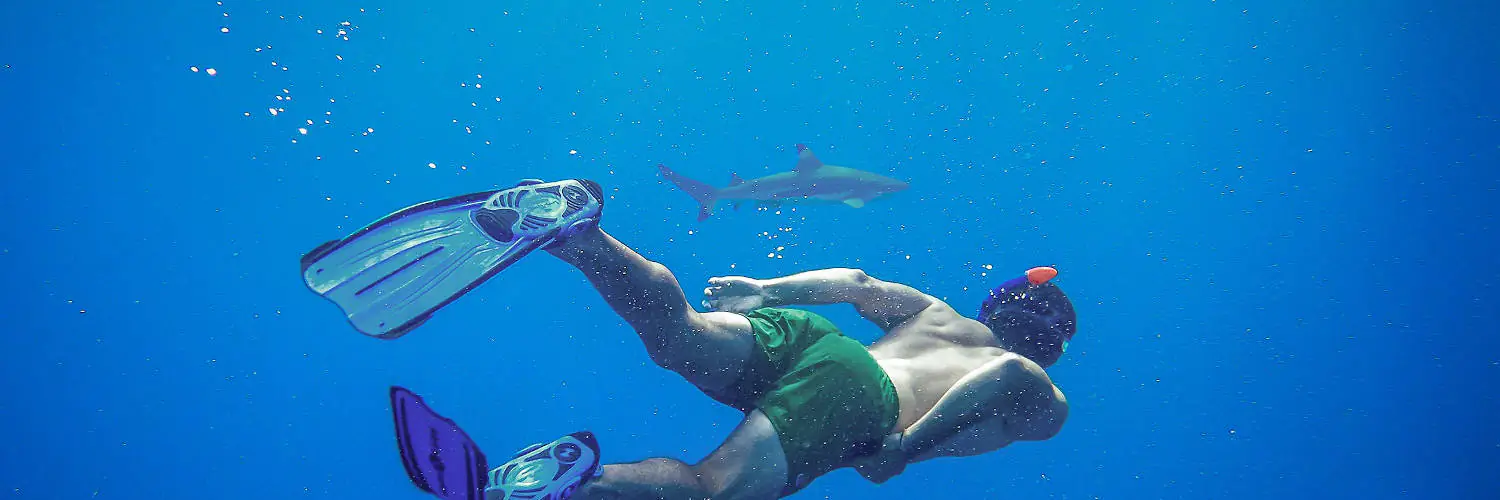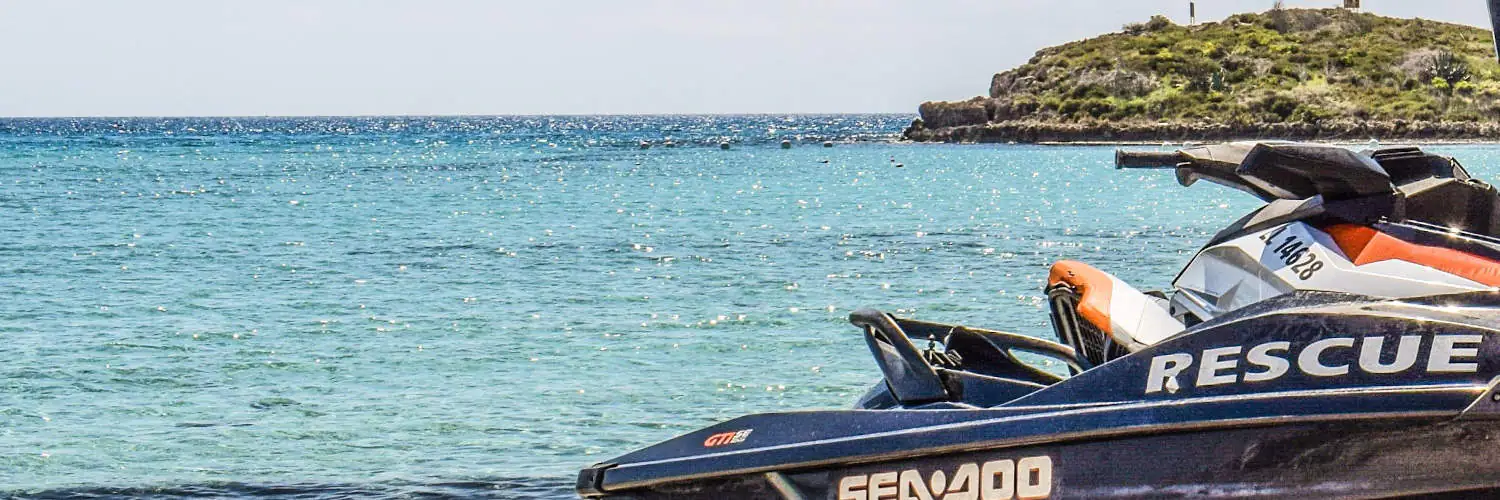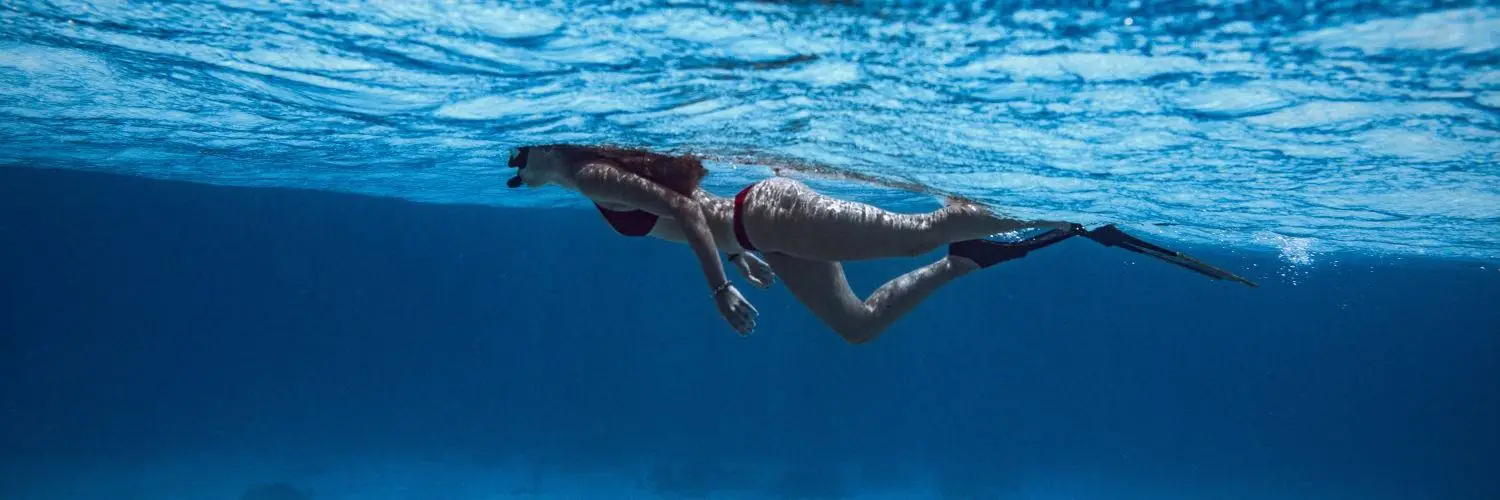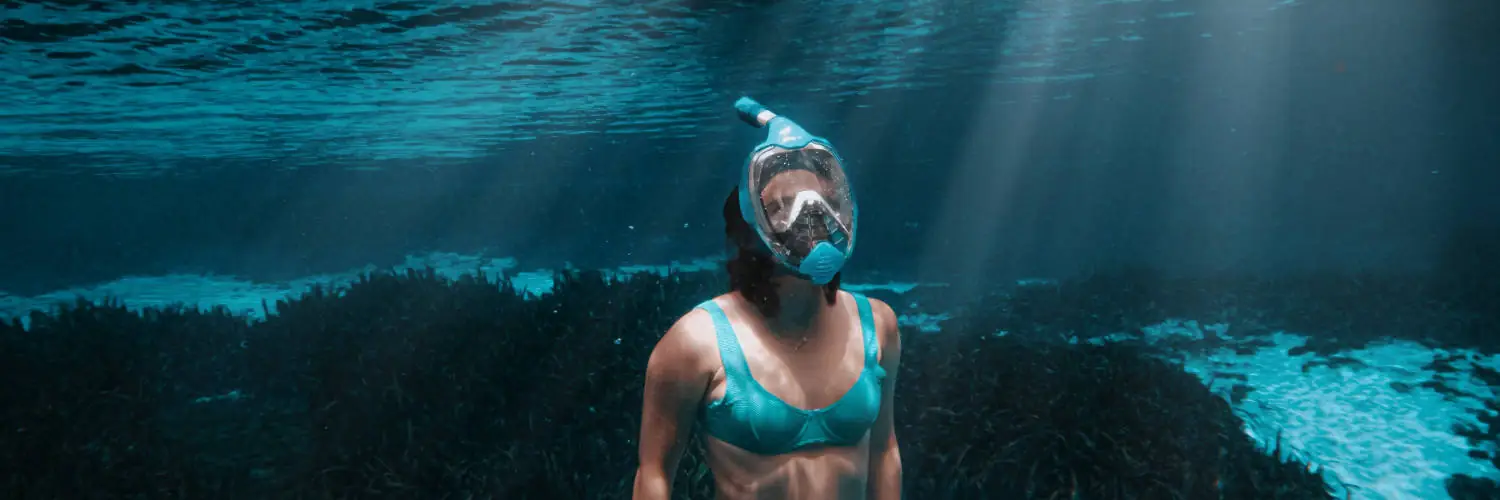Snorkeling is an enriching way to explore the underwater world, offering swimmers the chance to observe marine life in its natural habitat. The proper gear is essential for an enjoyable and safe snorkeling experience. Among the various pieces of equipment, the snorkeling weight belt is an item that can enhance comfort and control in the water. While not necessary for all snorkelers, a weight belt helps in achieving neutral buoyancy, allowing for a more relaxed and efficient underwater adventure by conserving energy, especially in areas with currents.
Choosing the right weight belt for a snorkeling trip involves considering material and fit. Weight belts typically come in rubber or nylon webbing, each with their own benefits. Rubber belts, popular with spearfishermen and freedivers, tend to stay in place better due to their high level of flexibility and snug fit. Nylon belts, on the other hand, offer adjustable buckles and comfort. Knowing one’s waist size and the water conditions will guide snorkelers to the most suitable weight belt option.
With or without a weight belt, breath control is crucial in snorkeling. When properly used, a weight belt assists the snorkeler in diving down without the need to constantly swim against buoyancy. This convenience comes with the responsibility of avoiding overweighting, which can lead to difficulty in returning to the surface. Therefore, understanding how to choose and use a snorkeling weight belt safely is key to finding the balance between accessibility and snorkeling safety.
Understanding Snorkeling Weight Belts
Snorkeling weight belts are an accessory that can enhance underwater stability by overcoming a snorkeler’s natural buoyancy.
Purpose and Benefits
The primary purpose of a snorkeling weight belt is to counteract the snorkeler’s buoyancy to allow for easier descent and more stability underwater. They are particularly useful in maintaining a desired depth without excessive effort. With a properly adjusted weight belt, snorkelers can experience more comfortable and controlled exploration, achieving neutral buoyancy which is essential for an enjoyable snorkeling experience.
Types and Materials
Snorkeling weight belts come in various designs and materials, each serving specific needs:
- Neoprene Belts: Soft and comfortable, they provide a snug fit and are less likely to slip.
- Rubber Belts: Durable and stretchy, allowing them to cling to the body even when the material contracts due to pressure changes at depth.
- Nylon Webbing Belts: Known for their strength and resilience.
Weight belts for snorkeling often incorporate lead weights, which are commonly covered in protective materials. These weights are either fixed or removable. The choice of weight belt material and type of weights can affect both comfort and fit, which are critical to ensure safety and ease of movement during snorkeling.
Choosing the Right Weight Belt
Selecting an appropriate weight belt for snorkeling involves understanding the nuances of size and fit, exploring various buckle mechanisms, and ensuring proper weight distribution for a comfortable and safe experience.
Sizing and Fit
To secure the correct size, snorkelers must measure the circumference of their waist and consult sizing charts typically provided by manufacturers. A snug fit is essential as body weight and fat levels affect buoyancy; therefore, the belt should accommodate both for utmost comfort in the water. Individuals with higher body fat may require less weight than those with lower body fat to achieve neutral buoyancy.
Buckle and Fastening Mechanisms
When considering buckle types, snorkelers often choose between traditional and quick-release fastenings, with many opting for stainless steel buckles due to their durability and resistance to corrosion. A secure buckle ensures the weight belt remains fastened even during vigorous movement. It’s important to choose a buckle that’s easy to operate, particularly in an emergency situation where a quick release would be necessary.
Weight Distribution and Adjustment
Proper weight distribution is paramount to maintain neutral buoyancy and comfort. Freedivers and snorkelers must ensure that weights are evenly spaced across the belt. The ability to add or remove weights easily allows for fine-tuning buoyancy as needed, adapting to various depths and conditions. Brands offer different systems for weight adjustment; selecting a weight belt with a flexible system can greatly enhance the snorkeling experience.
Safety and Usage Guidelines
When utilizing a snorkeling weight belt, adherence to safety and usage guidelines is crucial to prevent accidents and ensure a positive experience. This section outlines specific practices for proper wear, risk mitigation, and equipment maintenance.
Proper Wear and Adjustment
A snorkeling weight belt should fit snugly around the waist, resting on the hips to distribute weight evenly. It’s essential to adjust the belt so that it’s tight enough to prevent slipping, but not so tight as to cause discomfort or restrict breathing. Buckles should be secure yet easily releasable in case of emergency.
- Fitting:
- Secure the belt on the hip line
- Test for comfort and mobility
Risks and Precautions
Inexperienced snorkelers should be especially aware of the risks associated with improper use of weight belts. Overloading the belt can lead to difficulties in maintaining proper buoyancy control, which may increase the risk of accidents. It is important to start with less weight and increase gradually as one becomes more confident and skilled.
- Key Risks:
- Difficulty in buoyancy control due to overweighting
- Belt entanglement or snagging underwater
- Precautions:
- Only use as much weight as needed to neutrally buoyant
- Always have a quick-release mechanism
Maintenance and Care
To ensure the longevity and effective performance of a weight belt, regular maintenance is valuable. After each use, rinse the belt with fresh water to remove salt, chlorine, or sand, and inspect for signs of wear or damage, such as cracks in the weights or fraying of the belt material. Store the belt in a cool, dry place away from direct sunlight to prevent degradation.
- Cleaning:
- Freshwater rinse post-use
- Inspect for wear and damage
- Storage:
- Avoid extreme temperatures
- Keep out of direct sunlight
Complementary Snorkeling Equipment
Choosing the right snorkeling equipment enhances safety and improves the overall experience. Each piece of gear serves a specific purpose and should be selected carefully to match the individual’s needs and conditions of the snorkeling environment.
Fins and Masks
Fins enhance a snorkeler’s mobility and efficiency in the water. They come in various styles, including full-foot and open-heel, each designed for different skill levels and water conditions. When selecting fins, one should consider the fit, thrust, and ease of use.
Masks are crucial for clear underwater vision. A proper fit is paramount to prevent water leakage and ensure comfort. Quality masks have a silicone skirt for a snug seal and tempered glass for safety. The snorkel, which attaches to the mask, allows breathing while keeping the face submerged. A good snorkel has a comfortable mouthpiece and efficient purge valve.
Wetsuits and Rash Guards
Wetsuits provide thermal protection and buoyancy, which can be beneficial in cooler waters. They range in thickness, with thicker suits offering more warmth. The fit should be snug to maintain body heat without restricting movement.
Rash guards protect the skin from UV rays and minor abrasions. While they offer less thermal protection than wetsuits, they are suitable for warmer waters and provide a barrier against sunburn and stinging marine organisms. Both wetsuits and rash guards are essential components of diving equipment.
Flotation Devices and Accessories
Flotation devices, such as snorkel vests and float belts, offer buoyancy control and increase a snorkeler’s visibility. They are particularly useful for beginners or those who tire easily.
- Snorkel Vest: Inflatable and allows for adjustments to buoyancy levels.
- Float Belt: Provides gentle support without hindering movement.
In addition to buoyancy aids, it is important to carry other accessories like waterproof pouches or dive lights if needed, all ensuring a safe and enjoyable snorkeling trip. Although not every piece of gear is necessary for all, each serves a purpose for various scenarios encountered in water sports.
Advanced Considerations and Tips
In this advanced guide, snorkelers can enhance their experiences by considering weight belts tailored to specific conditions and employing techniques that leverage their skills. This ensures a more controlled and enjoyable underwater journey.
Weight Belts for Specific Conditions
Strong Currents and Depth: Experienced snorkelers often encounter varying underwater conditions that can affect buoyancy. In areas with strong currents or at greater depths, a diving weight belt can provide the necessary descent aid to counteract buoyancy and achieve neutral balance. For snorkelers exploring sandy areas, a belt can prevent excessive disturbance of the bottom, which can cloud the water and reduce visibility.
-
Kelp and Seaweed: When navigating through dense marine vegetation like kelp or seaweed, a weight belt can help maintain a stable position, preventing snorkelers from being pushed to the surface or entangled in underwater foliage.
-
Versatility: A versatile weight system is advised for different snorkeling conditions. For example, a hydro-fit classic wave belt might offer comfort and adaptability, as it’s specifically designed not only for flotation but also for resistance training in water.
Techniques for Experienced Snorkelers
Balancing Weight Distribution: Advanced snorkelers should pay close attention to how weight is distributed across the belt. Even distribution helps maintain an even keel in the water, allowing for a more streamlined form and efficient movement.
- Spearfishing Considerations: For spear fishermen, the right amount and placement of weight are crucial. It enables them to remain close to the seafloor without exerting too much energy and maintain a low profile to avoid startling the target. Typically, they might use a heavier belt as it aids in staying submerged in wait for the perfect shot.
In conclusion, advanced snorkelers acknowledge the significance of carefully selecting and using weight belts in different snorkeling scenarios, considering the specific conditions they might encounter and the activities they wish to engage in. This thoughtful approach to weight belts and snorkeling techniques greatly enhances underwater experiences.








